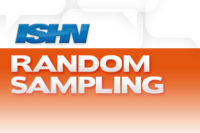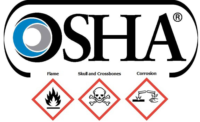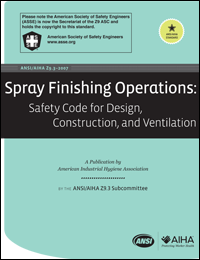What is a fault code? And other FAQs about troubleshooting...

Credit: JLG
Although preventive and predictive maintenance tasks are crucial to the long-term health and productivity of mobile elevating work platforms (MEWPs) and telehandlers, sometimes machinery stops functioning properly — and when that happens, you need to react immediately to the situation at hand.
Before you can resolve the issue, you need to identify the exact malfunction within the machine. One way to do this is by looking at Diagnostic Trouble Codes (DTC), commonly referred to as fault codes, for more information.
One question that we get frequently asked is, “What is a fault code?” Followed up by, “And, how does it help me troubleshoot what’s going on with my machine?”
Below are answers to those questions, along with insights on resources available to you to help access the machine information you’re looking for.
What is a fault code?
Fault codes are actually DTCs — digital codes that can be used to diagnose issues in a machine. Each DTC corresponds to a specific malfunction within the machine, whether a generic issue or a manufacturer-specific error.
It is important to understand that DTCs provide you with more information than a machine alert or indicator symbol, like a check engine light, can. That’s because alerts can only indicate that there is an issue — DTC can give additional details about the malfunction, identifying what it is and where it’s at.
How do I read a DTC?
When a MEWP or telehandler detects that a component or system is not operating within acceptable limits, the machine will activate the corresponding DTC, which is then stored in its memory to be retrieved for more details on the issue. You can retrieve these machine memories in a few different ways, including with machine analyzers, from the ground display on the machine (a feature only available on newer equipment models) and through telematics portals.
The most common way to diagnose, or “read,” DTCs is with a machine analyzer reader. These tools will allow you to search for fault codes, enable/disable machine options and adjust machine parameters, if needed, for service repairs. With this kind of actionable data available at your fingertips, you will be able to make informed decisions about your equipment.
How do I clear a DTC?
A DTC will not be cleared until the issue has been addressed and the machine has been restored to good working order. There are two ways to get information on what these issues are and how to resolve them.
You can refer to the machine’s service & maintenance manual for specific details on how to properly service the machine.
How can I learn more about DTCs or other machine issues?
Properly addressing machine issues goes a long way in keeping MEWPs up and running, often adding extra hours to a unit’s life. But if you — or your service technician — are newer to the aerial industry, there’s a lot of information available that can help you start troubleshooting machine issues as quickly as possible.
JLG University provides service training that will give you a deep understanding of the design, operation and maintenance of JLG equipment. With machine-specific classes for MEWPS, JLG has service training for your fleet covered, including fully online training specific to hydraulic and electrical system fundamentals.
Also, JLG recommends that learning more about the industry as a whole, including different machine lingo, will help you more efficiently identify and address DTCs and other maintenance challenges associated with MEWPs and telehandlers.
What other resources are available to help with troubleshooting?
Whether you are looking to perform routine maintenance and need service parts or working to get your machine back to prime working condition and need replacement parts, troubleshooting tools can help you find the right information you need to keep your fleet running smoothly.
You can search JLG’s Knowledge Base article library, by DTC or symptom, to find the solution to the most common JLG MEWP issues. Knowledge Base returns DTC descriptions, possible causes, troubleshooting steps, special tools required and helpful documents to quickly get your JLG machine back in working order. To access JLG’s 300+ articles in Knowledge Base, click here.
Looking for a reprint of this article?
From high-res PDFs to custom plaques, order your copy today!





